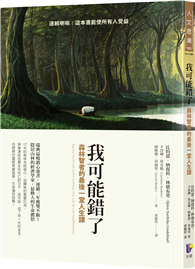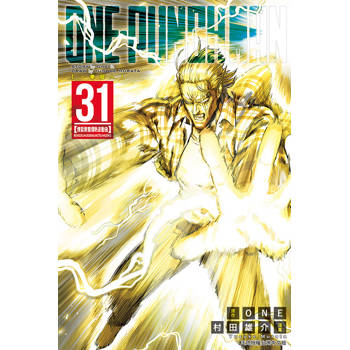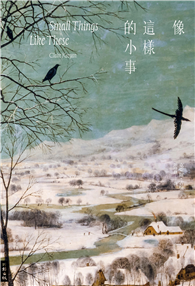This is a story of events and adventures preceding the discovery of bronze, and a while before the emergence of the Phoenician State. It began in the Eastern Mediterranean roughly five thousand years ago - that’s two or three thousand years before the ancient Greeks and Romans entered the pages of history, although the first Egyptian pyramids were only about four hundred years in the future. The Neolithic and Farming Revolutions were ancient history, and humanity was moving from the Chalcolithic (copper) Age towards the Bronze Age. Writing was being developed, and the effects of improved retention and the transmission of accumulated knowledge were immense; and over time the written word - just like the spoken word before it - would guarantee ever increasing social stratification as superstitious beliefs evolved from the veneration of spirits to the fear of gods, and the practice of taboo was replaced by laws and punishments administered by an increasingly authoritarian elite. Possibly typical of many radical changes worldwide, this nexus features four principal characters. Firstly, Hanno - a young man living in a confederation of coastal settlements where the Mesopotamian fertile crescent bordered the Mediterranean Sea. That loose confederation of settlements would much later integrate more strongly and locally into the new Nation State of Phoenicia - its people were also known as Canaanites - and its imperial power would manifest later and much more widely as Carthage. Secondly, Oddvakr - a seaborne thief and killer from the far north who had descended a vast river network to prey on the communities around the Mediterranean, Aegean, and Black seas. Felony, just like civilisation, was evolving, and his type would become known as the Sea-Peoples - of diverse ethnic origins - who would contribute to one of the world’s first socio-economic contractions - the Bronze Age Collapse. Thirdly, Shulmanu-Ashared - a self-ennobled cleric, an exploiter, and a usurer; a resident of the fertile crescent, but in the more easterly region between the mighty rivers Euphrates and Tigris. His jurisdiction was known as the Sumerian Federation, but his people’s lands slightly further north would later develop into the Assyrian Empire, while the Akkadian and Babylonian Empires would succeed Sumer. All of these would rule much of what would become known as the Ancient Middle East, and, as predecessors in the fertile crescent, they would eventually define the lands of the Hebrews who would adopt much of their culture and traditions. Fourthly, Gassulawiya - a capable and social-minded Madame. She was the proprietor of a respectable bawdy house and a pedlar of secrets. Her home was in the north-eastern corner of the Mediterranean Sea in the Hatti-Halaf Culture of City States, and that changing power would later peak as the Hittite Empire - situated in Anatolia and present day Turkey. Like Phoenicia, like Sumer and its successors, and like Assyria, the Hattian culture would be influential throughout the fertile crescent’s many civilisations - and much further - as far as the limits of ten thousand years of exploration and migration might reach. Naturally, there are many siblings, associates, and enemies of the principal four characters identified above, and, although they are fictional, of documented historical developments three thousand years or more after the events in this book it was said..."That country [Carthage] was rapidly sinking into the state of barbarism from whence it had been raised by the Phoenician colonies and Roman laws; and every step of intestine discord was marked by some deplorable victory of savage man over civilized society." - Edward Gibbon
| FindBook |
|
有 1 項符合
sapiens-4: odyssey part one的圖書 |
 |
$ 836 | Sapiens-4: Odyssey Part One
作者:Beverley 出版社:Schismatic Books 出版日期:2022-11-12 語言:英文 規格:平裝 / 482頁 / 22.86 x 15.24 x 2.46 cm / 普通級/ 初版  看圖書介紹 看圖書介紹
|
|
|
圖書介紹 - 資料來源:博客來 評分:
圖書名稱:Sapiens-4: Odyssey Part One
|











